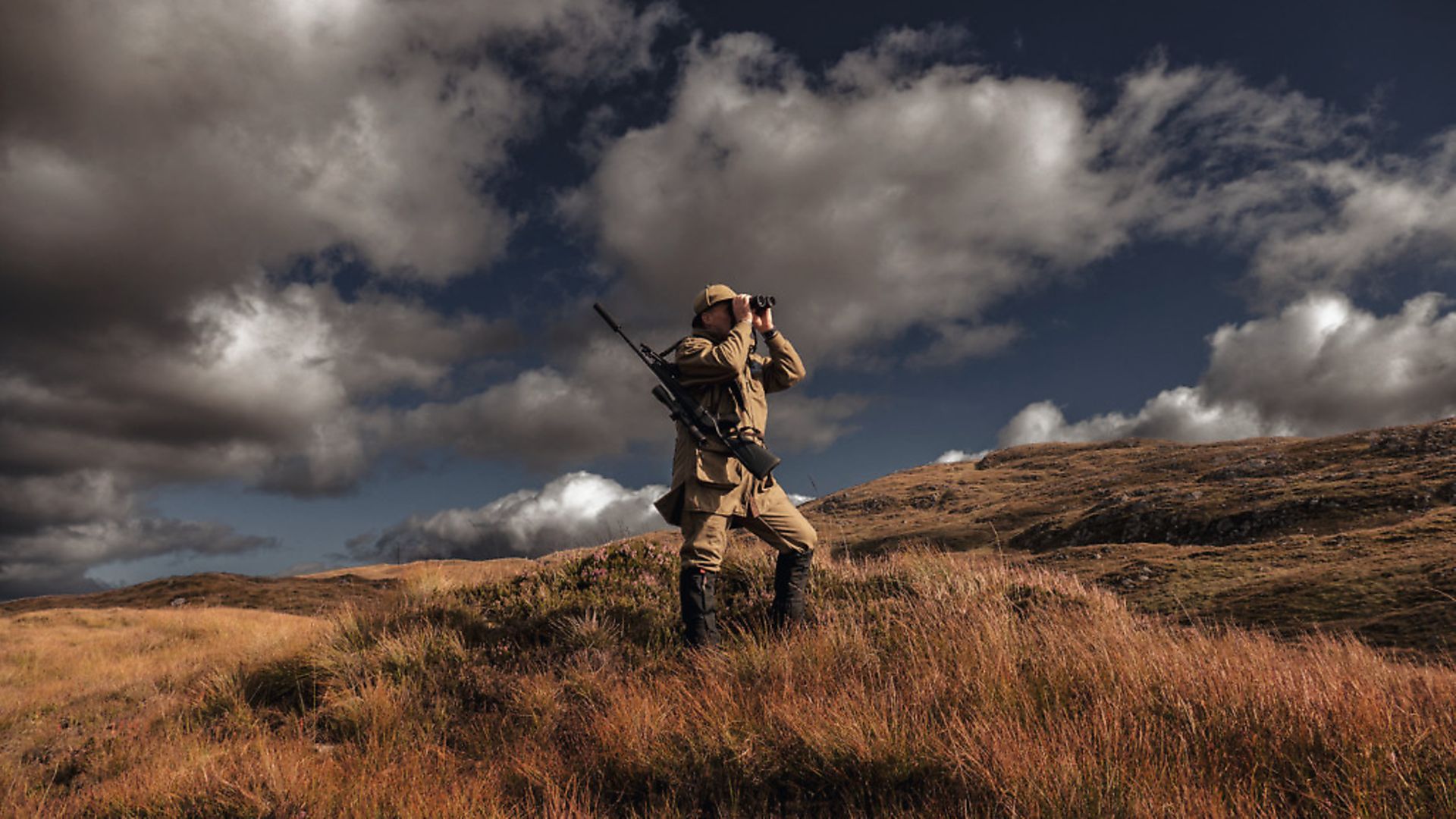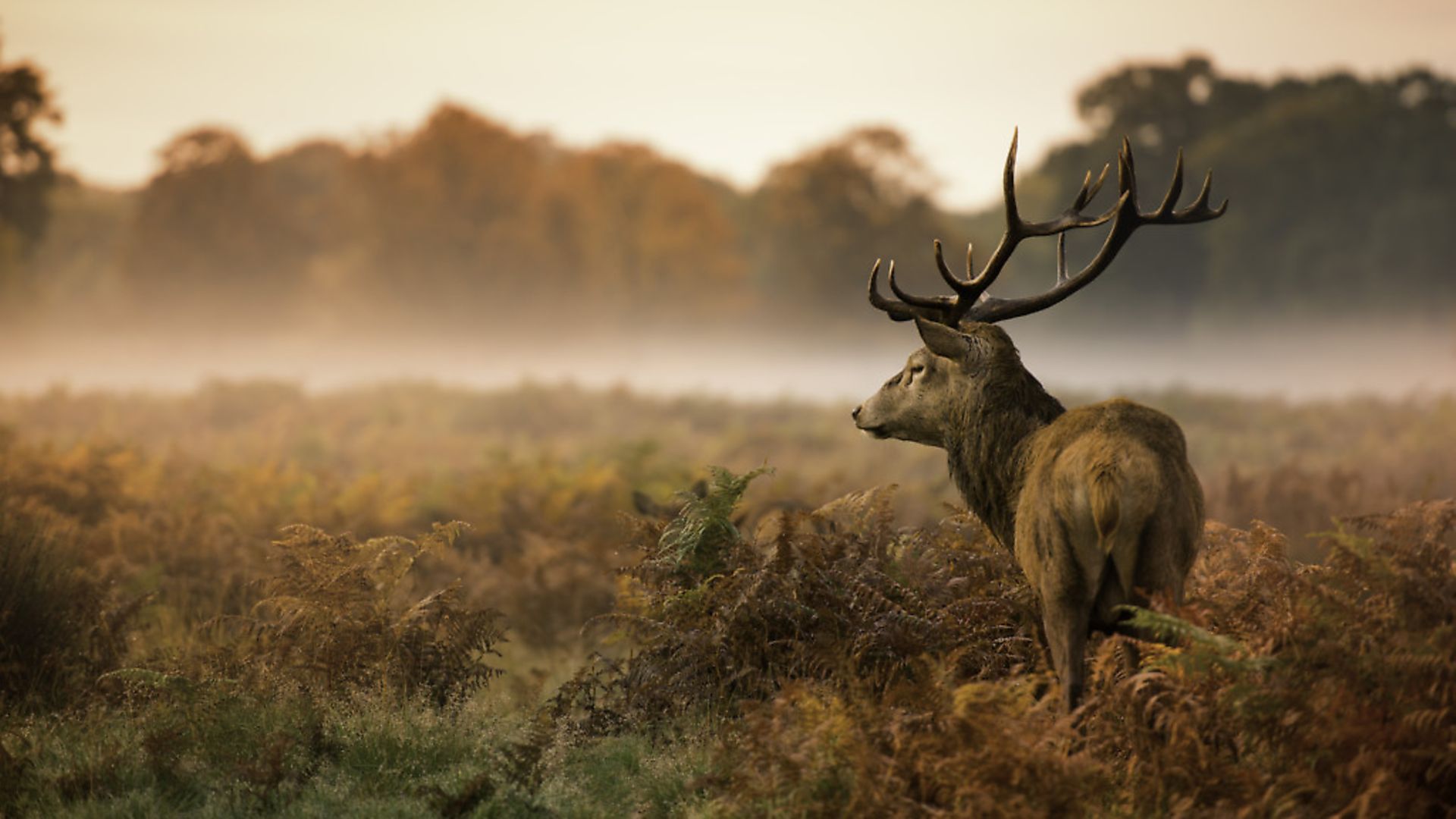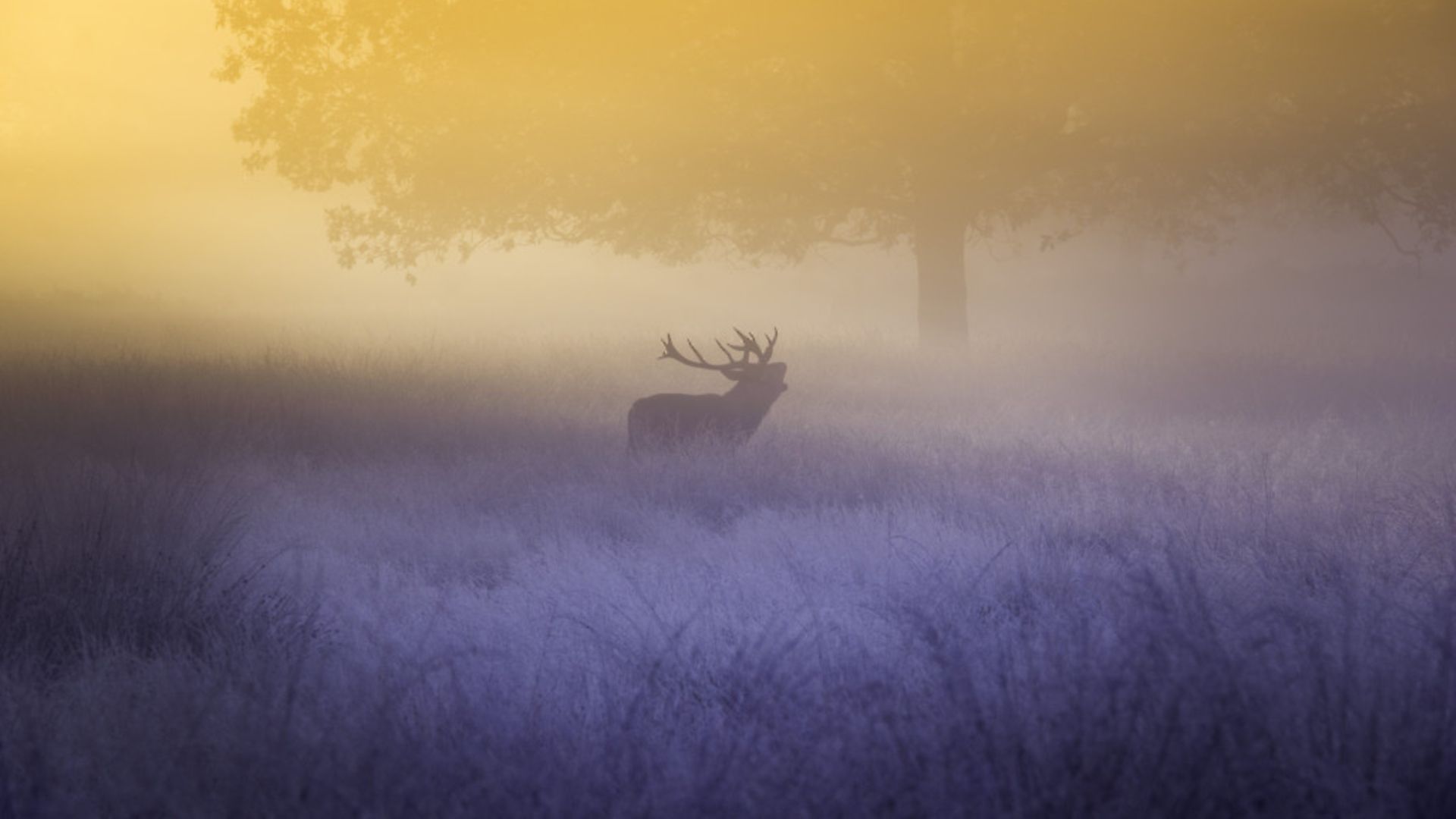In the first of a 4-part series on why we shoot deer, Niall Rowantree looks at the cultural and political landscape surrounding deer management in the Highlands
 credit: Archant
credit: Archant
As long green days of summer start to give away to the Highland’s autumn hue, the annual harvest of our largest wild mammal gets underway across much of the upland areas of Scotland.
This traditional annual harvest has been the centre of Highland culture for longer than just the Victorian period and although wild deer have become central to the land reform controversy, their socio-economic and environmental importance cannot be underestimated. Unfortunately, many rural people of the world are under extreme pressure from well-meaning urban populations who have become so disconnected from the land and what happens upon it, that much of our traditional past is deemed as cruel and seen by many as something that should be banned.
We have ended up with an unusual situation that while the public at large has no problem subscribing to the idea of deer being cull by a marksman, they are horrified at the idea of an individual doing the same job for the pleasure of hunting. It’s against this backdrop that I think it’s important that those who shoot deer should have a clear understanding of what they’re doing and why they’re doing it.
I don’t believe that it’s a sufficient position that you shoot deer to protect the British countryside from an unruly and problematic resource. Many of the issues we have across the country with deer are because of our land management practices and how we have shaped this country and its landscapes.
It’s undeniable that without adequate predation, particularly as the climate has altered to suit deer in many areas, that control of their numbers is absolutely essential. If we approach deer as an asset to be wisely and sustainably utilised, a lot of the negative deer rhetoric starts to disappear. Individuals that hunt should be under no illusion that this is a political game and that the actual culling of deer is a side issue in what is a political deer debate driven by individuals who seek change, no matter what the social environmental and economic outcomes.
The recent protection measures for the mountain hare, though seen by many as a huge political victory, has placed Scottish government agencies in a difficult situation. On areas where deer and mountain hares are present and damage is occurring, they now have the challenge as to what they do. They can require by law that deer numbers be reduced to avoid damage or the likelihood of damage on designated sites, but, for the hares present on the site, actual damage will have to be demonstrated. Now this may sound easy, but in fact it’s extremely challenging as landowners would be entirely within their rights to suggest the damage occurring was caused by hares and not deer and decline to do anything about it.
So, with this in mind, now is a good time to set out our stall about how, why and when we shoot deer. If the hare debacle teaches us anything, it is that good, well-presented science will not always win the day and politicians, particularly if they need the support of the other parties, will do deals regardless of the information presented. I believe the only solution is to reach the majority of the voting public who haven’t made up their mind as to what actually should happen in Britain’s working countryside.
 credit: Getty Images/iStockphoto
credit: Getty Images/iStockphoto
Preaching to the choir
The shooting lobby as a whole is very good at preaching to itself but not so good at getting the message out. If we don’t alter this, we may find ourselves in a legislative position which isn’t beneficial for the shooting lobby – or for the deer themselves.
As a collective, we were called upon to improve standards and have subscribed to qualifications by a voluntary approach. DMQ and the associated training that’s developed around it, along with best practice, has made substantial steps forward. Far from being the environmental thugs that the green lobby would like to project them as, the vast majority of hunters and shooters in this country are passionate countrymen and women who commit large amounts of their own time and resources to caring for our national countryside.
The governments have an outstanding resource available to them in order to manage wild deer on the public estate, yet we continue down the road of contractors while we observe the government’s forestry agencies being lambasted by the wilding and greening lobby for allowing leisure or commercial hunting to take place! I find this incredulous particularly when many individuals who raise concerns are in favour of the reintroduction of mammals that kill and maim other animals as part of their hunting process.
What this does tell us is that the majority accept control of some form is necessary. If that is the case, that gives us an opportunity to bring the many strands of what happens together into one focused story. The harvesting of deer for meat is seldom challenged in the way that the retention of deer antlers is. When in actuality, the antlers should and can tell the story as to the reason why the animal was culled and made its way into the food chain.
Perhaps there is an opportunity here for those who were involved in venison production and harvesting deer when their antlers are retained (trophies) to explain why they do what they do. For me personally, wild deer have been a huge part of my life and my family relies on them for our income and they live with us on our doorstep.
 credit: Getty Images/iStockphoto
credit: Getty Images/iStockphoto
The wild places
To me, deer are the symbol of our wild places; I don’t take the responsibility of culling them lightly nor do a great number of my colleagues. So why do these men and women guide people into the mountains to shoot an animal they are passionate about and rely on for their livelihood? In the Highlands in particular, harvesting deer has been a cornerstone of what we do since Celts arrived here. Place names in many Highland areas celebrate the hunt and the deer, so this resource has been important for both food and trade reaching back into our ancestry and heritage.
The role of the hunter is part of our cultural way of life and is deeply woven into the core of all our rural communities across Europe. In many remote places, deer provide one of the few non-subsidised resources and are used to generate an income, produce a sustainable food source and stimulate tourism. The daily spend by a hunting tourist far exceeds the average day’s spend of passing tourism. A great number of deer stalkers are competent naturalists who have the ability to manage deer to deliver a prime product, a hunting opportunity and maintain the animals in balance with the environment.
It is disingenuous to suggest Highland deer stalkers maintain deer populations far out with carrying capacity of the land managed and facts support this. The Highland deer population has for the most part been stable or declining for a number of years and the voluntary principle of managing wild deer through the network of deer management groups proves very successful.
Hopefully, it has not gone unnoticed by government and its agencies that during lockdown, the majority of Highland estates that employ local people continued to manage natural resources sustainably, dealing with issues within the guidelines and continued to employ staff without falling back on the taxpayer through the furlough scheme.